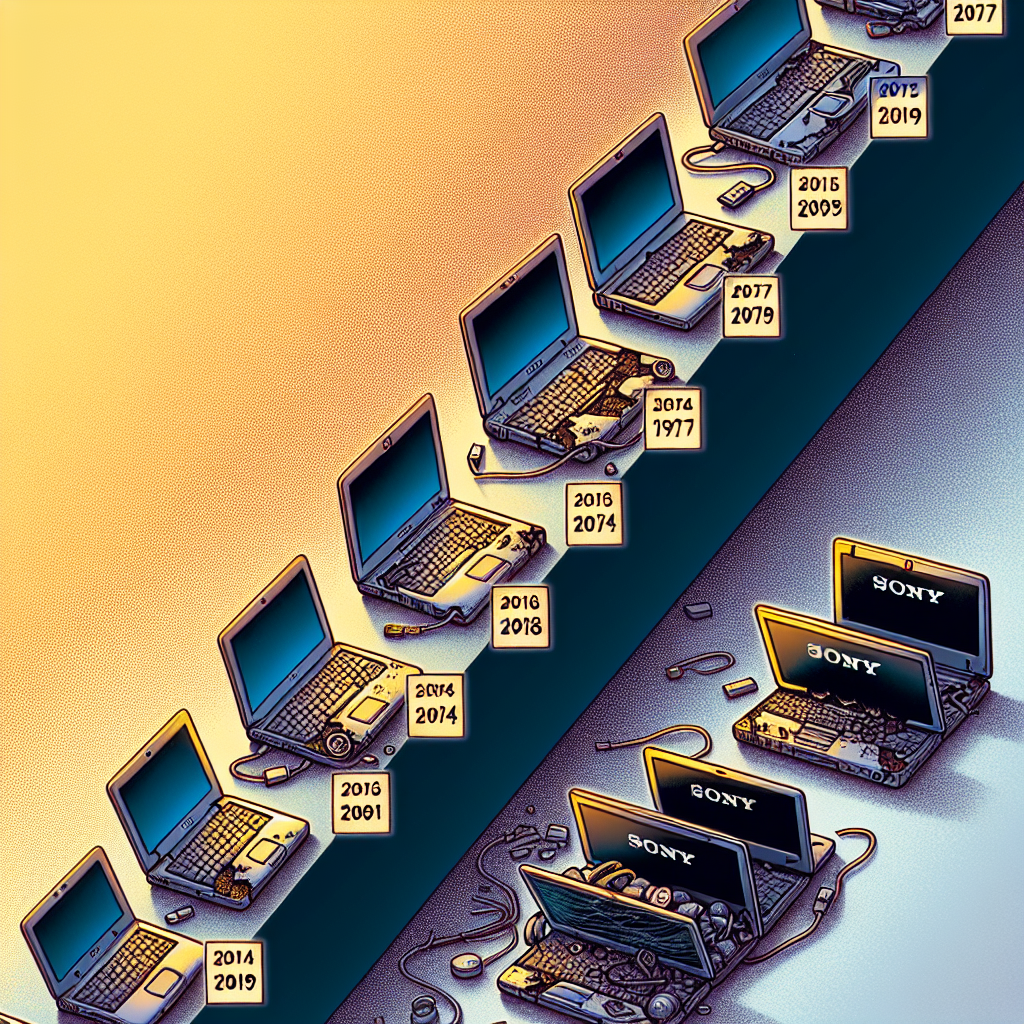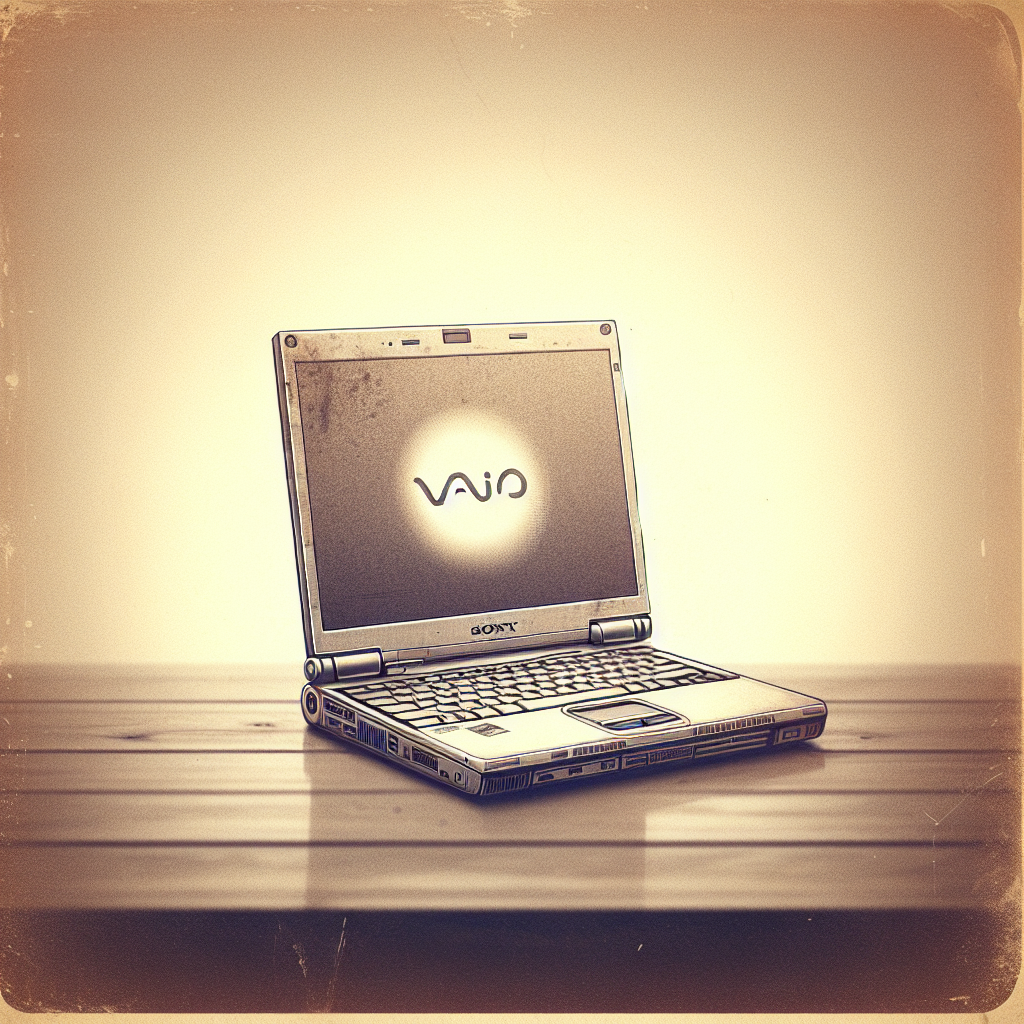In the early 2000s, Sony was a major player in the laptop market, known for its sleek designs, cutting-edge technology, and high-quality displays. However, in recent years, Sony has all but disappeared from the laptop scene, with many wondering what went wrong.
One of the main factors contributing to the demise of Sony laptops was the company’s inability to keep up with rapidly changing technology trends. While Sony was once a leader in innovation, introducing features such as high-resolution displays and slim designs, other manufacturers quickly caught up and surpassed Sony in terms of performance and functionality.
Another issue that plagued Sony laptops was their high price point. Sony laptops were often more expensive than their competitors, making them less accessible to the average consumer. As the market became more saturated with affordable options, Sony struggled to compete on price alone.
Additionally, Sony’s focus on other product lines, such as cameras and televisions, may have diverted resources and attention away from its laptop division. Without a dedicated focus on improving and marketing its laptops, Sony fell behind its competitors in terms of both hardware and software advancements.
Lastly, Sony’s decision to exit the laptop market altogether in 2014 was a major blow to its reputation and loyal customer base. Many consumers who had come to rely on Sony laptops for their quality and performance were left in the lurch, forced to switch to other brands.
In conclusion, the demise of Sony laptops can be attributed to a combination of factors, including the company’s inability to keep up with technology trends, high prices, a lack of focus on the laptop division, and ultimately, the decision to exit the market entirely. While Sony may no longer be a player in the laptop market, its legacy lives on in the minds of consumers who remember the brand’s once-iconic laptops.
#Demise #Sony #Laptops #Wrong,what happened to sony laptops







You must be logged in to post a comment.